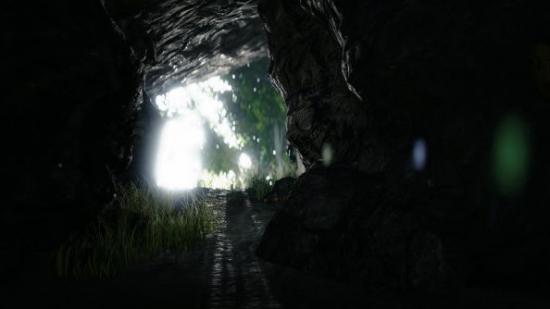Mod teams break up. That’s not cynicism, it’s just history; PC gaming’s past has shown us that amateur coders united by an idea are too often pulled apart by the pressures of unpaid work and international project management.
But some aren’t. Some not only finish their projects, but power on through to the next thing as professionals. Killing Floor’s Tripwire Interactive were formed that way, as were Goat Simulator’s Coffee Stain Studios. And now the lead modders behind a 40 hour Oblivion expansion, Reclaiming Sancre Tor, have recruited a Nexus-topping team to twist Unreal Engine 4 into an original RPG.
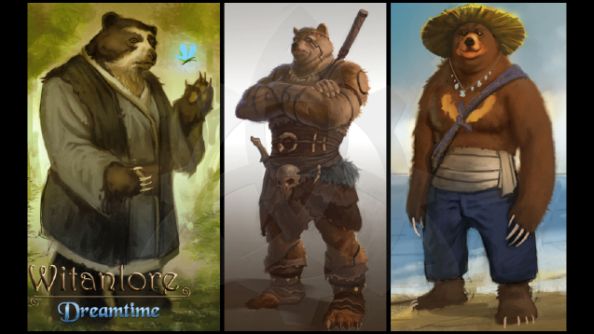
In Witanlore: Dreamtime, the player hops into the body of a tribal bear-man on the cusp of adulthood. Every young grizzly is guided through a ritual, the Dreaming, in which they face their patron god and receive pointed clues about their destiny. For most, it makes finding their vocation easy. But for reasons unknown, the player character’s fate is TBD – and they’ll have to set foot in the world not knowing what sort of footprint they’ll leave.
“As regards choice and consequence, we want lots of it,” said writer and designer Matt Bone. “And we want it to be meaningful, rather than superficial novelty.”
Refreshingly, the Witanlore team – who go by Druid Gameworks – know that it’s not the plot-denting decisions that resonate in RPGs so much as the incidental interactions with NPCs. It’s finding that a village will be vocally thankful if the player puts an obnoxious merchant in his place – and that the merchant’s brother will react in his own way.
“We want these tribes to feel like tight-knit communities,” said Bone. “If you threw a melon at said merchant’s head, the rest of the village are going to know about it.
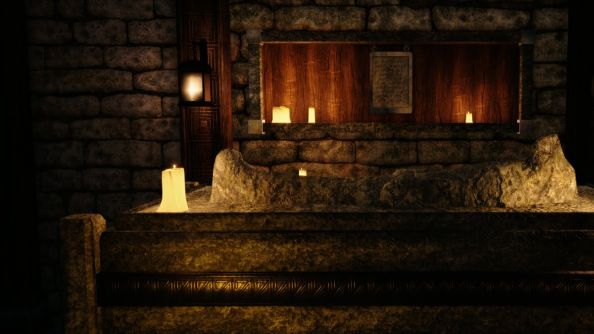
“A few of the developers have experience modding the Elder Scrolls series – any inspiration that comes from the openness and brilliantly-realised worlds of those games is definitely a positive.”
Hurled fruit bowls might well ring familiar to Skyrim veterans – but some of Witanlore’s approach to choice and consequence has bled in from elsewhere. Like Chris Avellone, Bone enjoys the way Telltale’s games break the rules of RPG writing. In The Walking Dead and The Wolf Among Us, the best intentions can often make things worse.
“I’m drawn to the ‘no right choice’ thing,” he said. “When a decision leaves you awake at night thinking about it, you know the game is an involving one.”
There’ll be none of the binaries that came to define the last generation of popular RPGs, either – nothing to tempt players to blindly pursue light or dark rather than think through the situation.
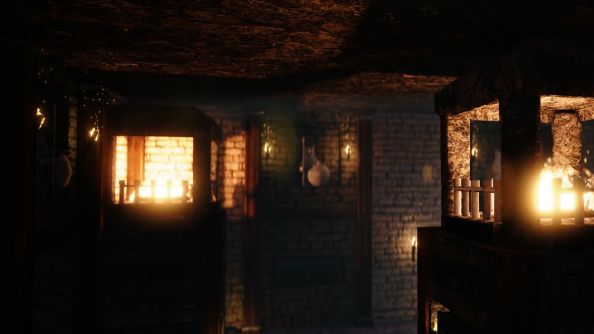
“That’s the real danger,” said Bone. “In Mass Effect, which I love as a game, I always had those paragon/renegade bars in the back of my mind with every dialogue decision. It can take away from the role-playing aspect of a game, at least for me.”
Bone is a “firm believer” that dialogue should be a core system in an RPG, rather than a prompt for rapid-fire clicking. Despite inexperience in programming, he’s worked with Unreal Engine 4’s visual scripting tool, Blueprint, to build intricate networks of words.
“We’ve been able to create a system that’s flexible enough to handle dynamic, non-linear conversations. I’m annoyingly fussy about having it just so,” said Bone. “Also, it’s extremely satisfying to hook up the little wires between the Blueprint nodes. Better than bubble wrap satisfying.”
The finished system can handle “horrendously complicated” dialogue trees with plenty of conditions and variables – leaving it highly responsive to the player’s choices. It’s got a long memory, too. Think The Witcher 2.
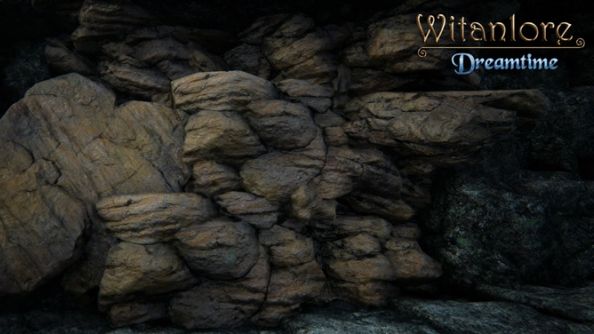
“Hopefully it feels like you’re talking to characters who resemble real people rather than talking signposts,” said Bone. “If the player makes a decision that noticeably impacts the world, they can’t help but feel a part of it.”
The other thing Witanlore takes from Telltale is an episodic structure. Dreamtime is the first, and future installments will be delivered as updates to its existing map – introducing new villages and hubs for the game’s four main tribes. Druid haven’t yet decided precisely how many there’ll be.
“We’ll release the rest of the content in a single second episode or split it into a series of four or five,” explained Bone. “The latter means we won’t be making players wait so long to continue in the game, but there’s also a danger that the island might feel less ‘open’ than we want.”
We’ll be able to visit parts of Dreamtime’s island that were included in previous episodes, and Druid plan to design quests that encourage players to do so.
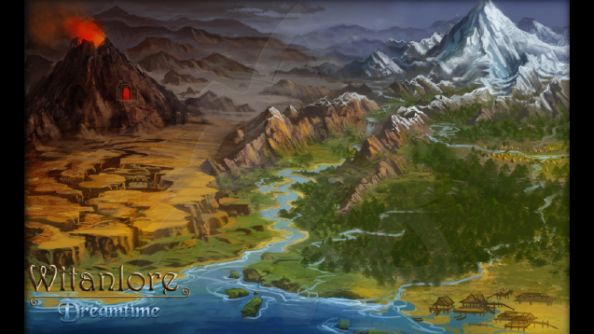
“We want to stay away from loading, and have the world feel like a seamless space,” said Bone.
The team are relying on UE4’s streaming tech to load and unload areas as needed – saving the game from simulating a village a mile away until you’re within sight of it. They hope they’ve overcome those pesky waits between exteriors and interiors that still plague The Elder Scrolls, by unpacking buildings and dungeons before players step into them.
The tech has enabled Druid to keep performance from toppling off a cliff, while painting the cliffs in exquisite detail. Using UE4’s material tools, their artists can coat surfaces in layers of dirt and moss so that the world of Witanlore goes as deep as it does wide.
“We have some stunning rocks,” said Bone. “I never knew I could be stunned by a rock, or be moved to use a screenshot of one as my desktop background.”
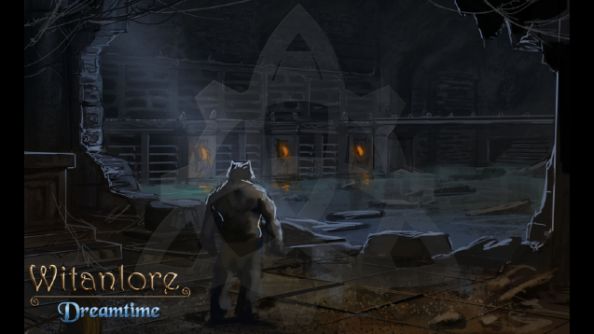
When the foliage lighting feature one of Druid’s developers had been pitching for on Epic’s forums arrived as a UE4 update, it took three days to “coax him from the ceiling”.
“If sunlight seeping through the infinitesimally complex veining of a leaf is your thing, we’ll have you covered,” said Bone.
One of The Elder Scrolls’ strengths has always lain in the intersection between lore and geography. As the border of Cyrodiil nears that of Skyrim, the terrain changes, as does the architecture – two cultures visibly clashing and swirling together.
Druid Gameworks are pitching for their own tangible sense of home and culture in Witanlore – looking to Native American traditions for inspiration, and drawing on themes of individuality and community. Whether their meditation on identity will come off remains to be seen – but we can be sure to be surprised by what choices lead to what consequences.
“If the tribes fail to work together against a force that threatens the island, they might all be doomed,” teased Bone. “Or they might not.”
Witanlore: Dreamtime was Kickstarted late last year, and work on the game is ongoing. Unreal Engine 4 development is now free for everyone.
In this sponsored series, we’re looking at how game developers are taking advantage of Unreal Engine 4 to create a new generation of PC games. With thanks to Epic Games and Druid Gameworks.
